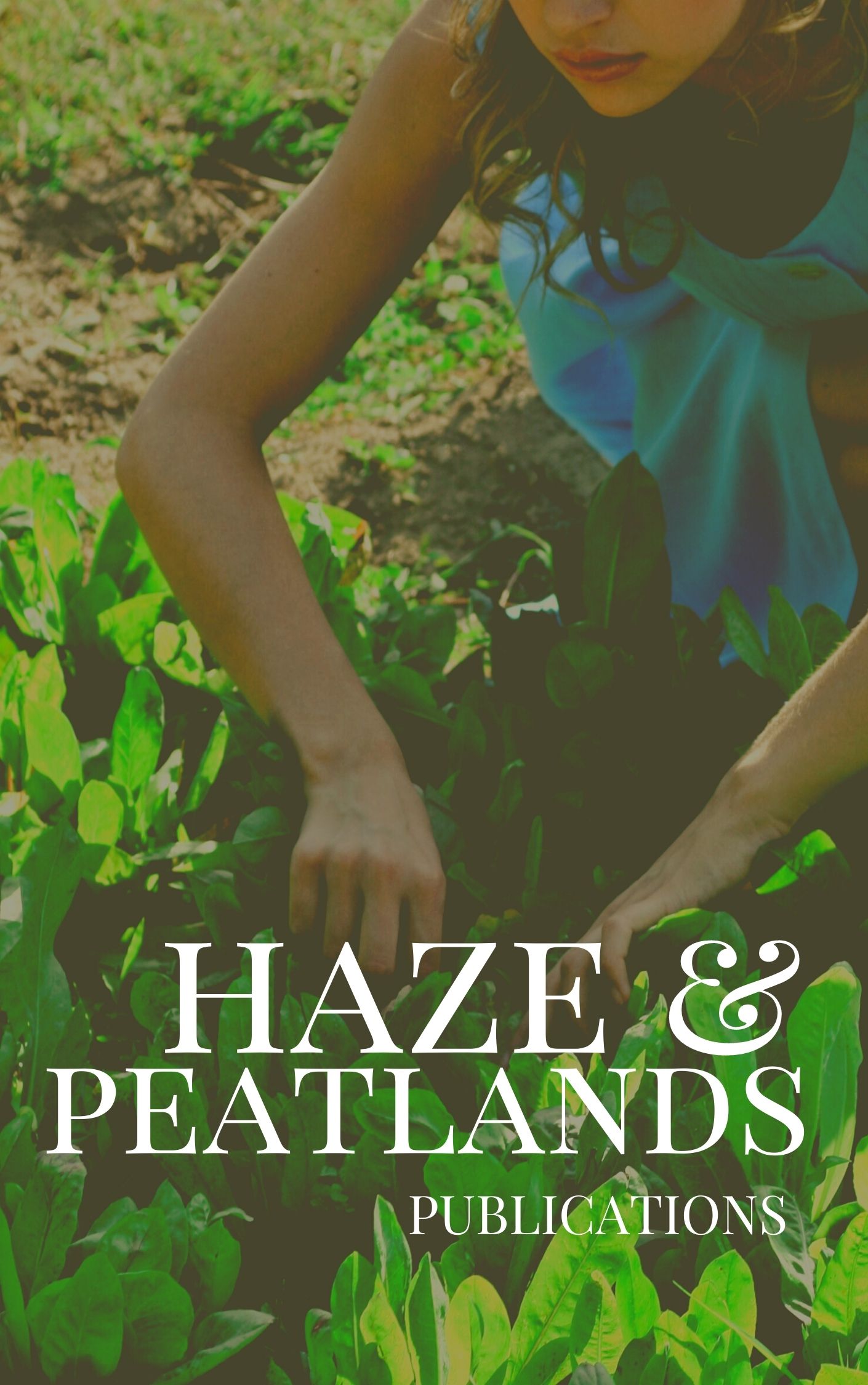Tropical peatlands store around one-sixth of the global peatland carbon pool (105 gigatonnes), equivalent to 30% of the carbon held in rainforest vegetation. Deforestation, drainage, fire and conversion to agricultural land threaten these ecosystems and their role in carbon sequestration. In this Review, we discuss the biogeochemistry of tropical peatlands and the impacts of ongoing anthropogenic modifications. Extensive peatlands are found in Southeast Asia, the Congo Basin and Amazonia, but their total global area remains unknown owing to inadequate data. Anthropogenic transformations result in high carbon loss and reduced carbon storage, increased greenhouse gas emissions, loss of hydrological integrity and peat subsidence accompanied by an enhanced risk of flooding. Moreover, the resulting nutrient storage and cycling changes necessitate fertilizer inputs to sustain crop production, further disturbing the ecosystem and increasing greenhouse gas emissions. Under a warming climate, these impacts are likely to intensify, with both disturbed and intact peat swamps at risk of losing 20% of current carbon stocks by 2100. Improved measurement and observation of carbon pools and fluxes, along with process-based biogeochemical knowledge, is needed to support management strategies, protect tropical peatland carbon stocks and mitigate greenhouse gas emissions.
View source

